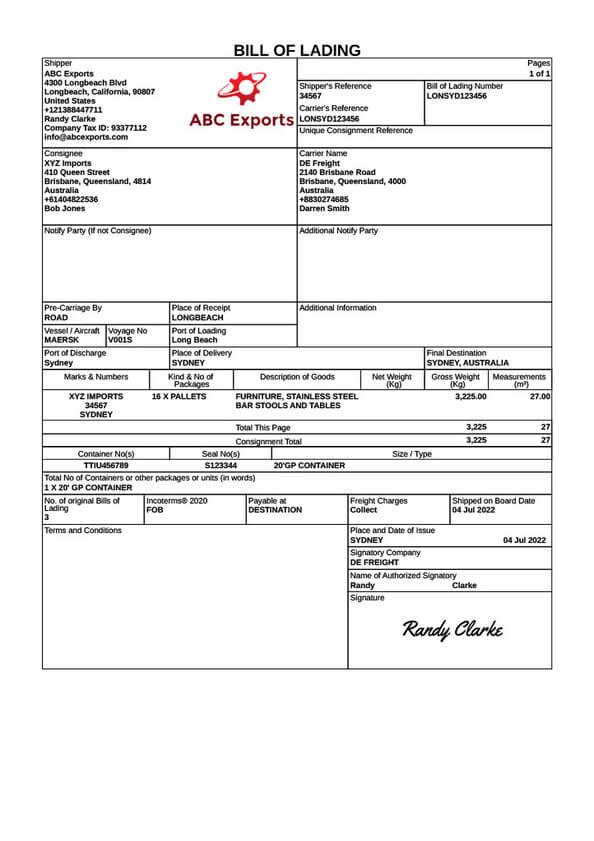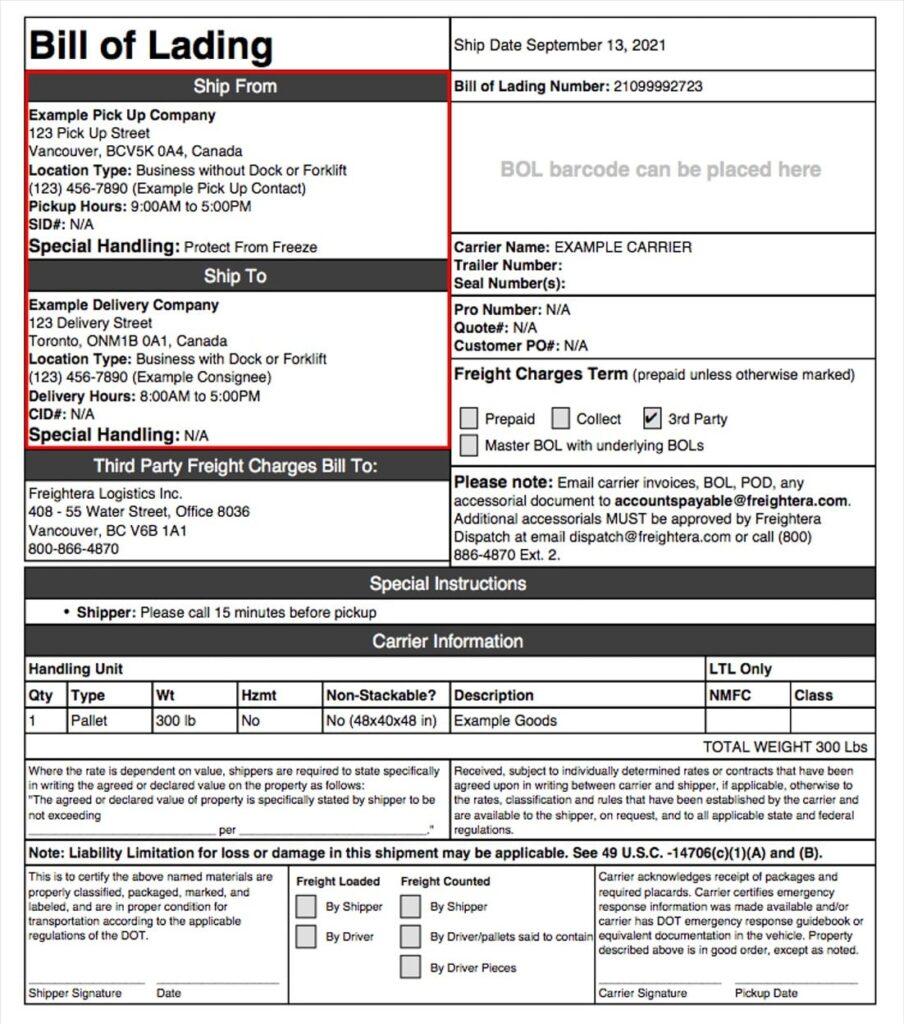In the vast world of logistics, the Bill of Lading (BOL) stands as a crucial document that serves as a guiding beacon through the complex web of transport and shipping. From the moment goods embark on their journey to their final destination, the Bill of Lading acts as a silent but vital partner, ensuring smooth and efficient transportation. Let us delve into the realm of BOL logistics, unravelling the mysteries of this essential tool that keeps the wheels of global commerce turning.
Understanding the Importance of Bill of Lading in Shipping Operations
When it comes to shipping operations, the Bill of Lading (BOL) plays a crucial role in ensuring smooth and efficient transactions. This legal document serves as a receipt of goods, a contract of carriage, and a title of ownership all in one. Without a properly executed Bill of Lading, the entire shipping process can quickly become chaotic. It is vital for all parties involved in the shipment process to understand the importance of this document and ensure its accuracy and completeness.
The Bill of Lading acts as a key document in logistic operations, providing essential information such as the type and quantity of goods being shipped, the destination, and the terms of carriage. This document also serves as proof of the contract between the shipper and the carrier, outlining the responsibilities and liabilities of each party. Proper handling and documentation of the Bill of Lading are essential to prevent disputes, delays, and financial losses. In the world of shipping, the Bill of Lading is not just a piece of paper - it is a powerful tool that can make or break a successful shipment.

Key Components of a Bill of Lading and Their Significance in Logistics
One of the key components of a bill of lading is the shipper’s information. This section includes details such as the name and address of the shipper, which is crucial for identifying the origin of the goods being transported. It also provides contact information for the shipper in case there are any issues or delays during the shipping process.
Another significant component of a bill of lading is the consignee’s information. This section includes details such as the name and address of the consignee, which is essential for identifying the destination of the goods. It also provides contact information for the consignee in case there are any delivery instructions or changes needed. Having accurate and up-to-date shipper and consignee information on a bill of lading is vital for ensuring a smooth and efficient logistics process.

Best Practices for Managing and Utilizing Bill of Lading for Efficient Transport Operations
When it comes to efficient transport operations, managing and utilizing the Bill of Lading (BOL) plays a crucial role in ensuring smooth logistics, transport, and shipping processes. By following best practices for handling the BOL, companies can streamline their operations and minimize errors.
One key practice is to double-check all information on the Bill of Lading before shipment, including accurate product descriptions, quantities, and destinations. Utilizing digital platforms for creating and managing BOLs can also help in reducing errors and improving overall efficiency. Additionally, providing clear instructions to drivers and carriers on how to handle the BOL can help in ensuring timely and accurate deliveries.
Maximizing the Benefits of Bill of Lading in Enhancing Shipping Efficiency
One of the key components in the world of shipping and logistics is the Bill of Lading (BOL). This document serves as a crucial paperwork that details the shipment of goods from the seller to the buyer. By maximizing the benefits of the Bill of Lading, businesses can enhance their shipping efficiency and streamline their logistics operations.
One way to optimize the benefits of the Bill of Lading is by utilizing electronic BOLs, which can help reduce paperwork and streamline the entire shipping process. Additionally, ensuring accurate and detailed information on the BOL can help prevent delays and errors during transit. By incorporating innovative technologies and best practices, businesses can leverage the power of the Bill of Lading to improve their supply chain operations and ultimately enhance customer satisfaction.
Concluding Remarks
In conclusion, the Bill of Lading (BOL) is a vital document in the world of logistics, transport, and shipping. It serves as a key tool in ensuring the safe and efficient movement of goods from one point to another. By understanding the importance of the BOL and how to properly utilize it, businesses can streamline their shipping processes and minimize the risk of errors or delays. So next time you send out a shipment, remember the power of the Bill of Lading in keeping everything on track. Happy shipping!
